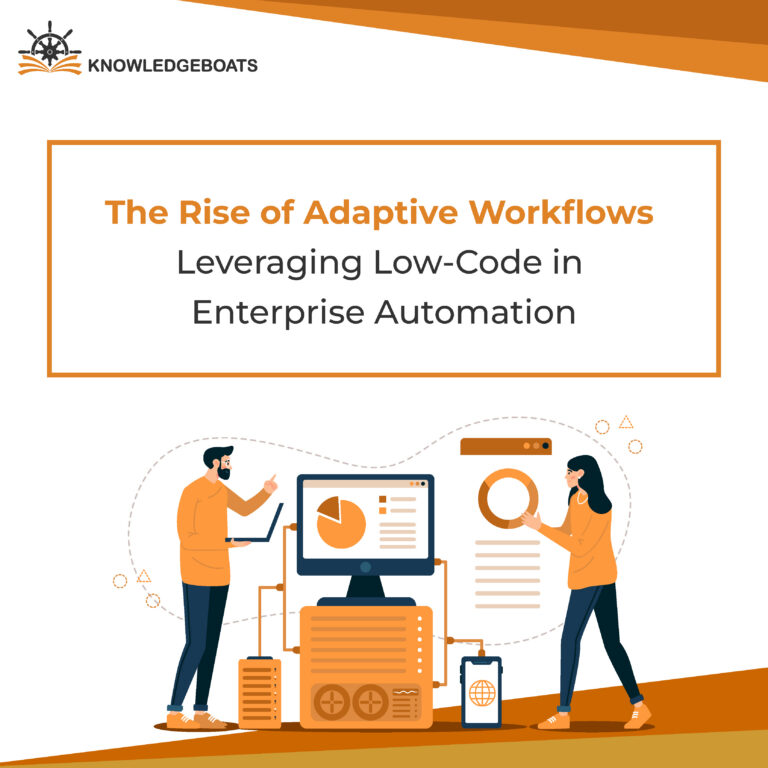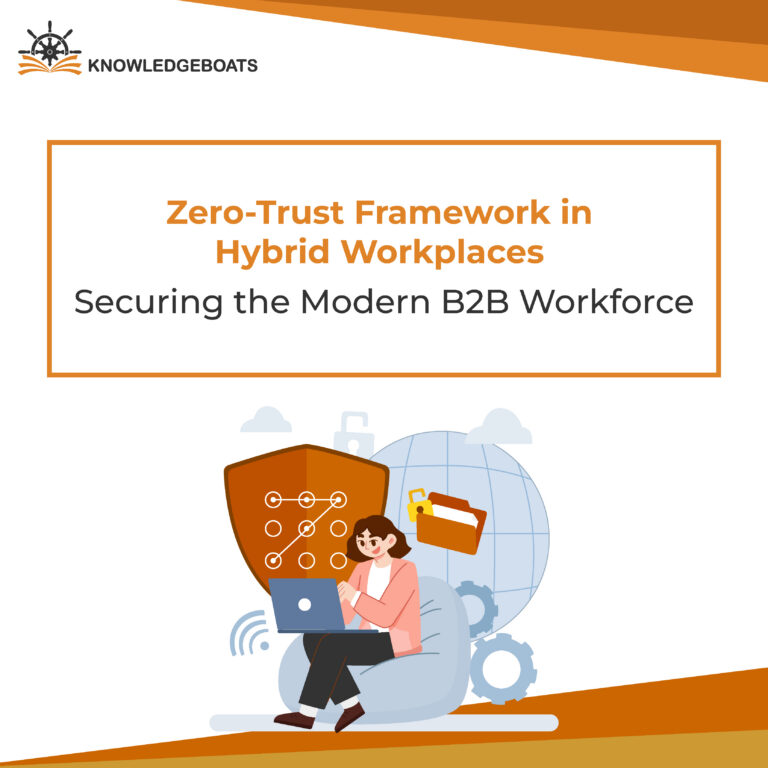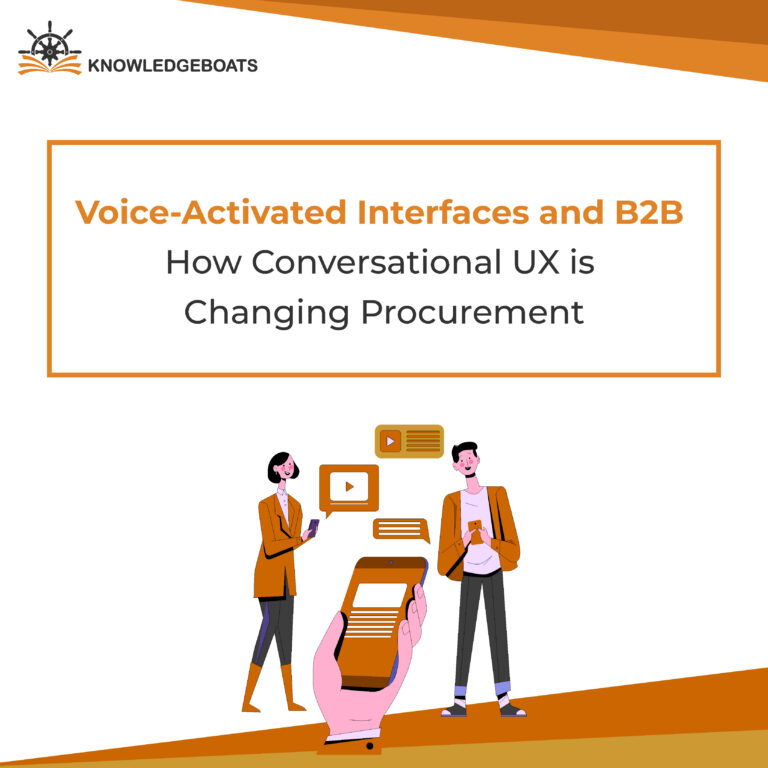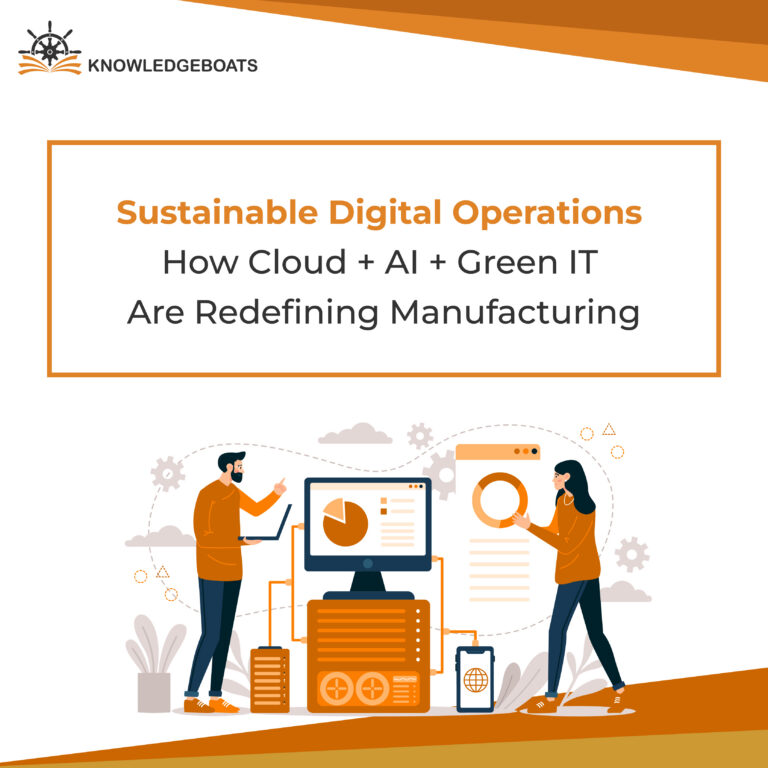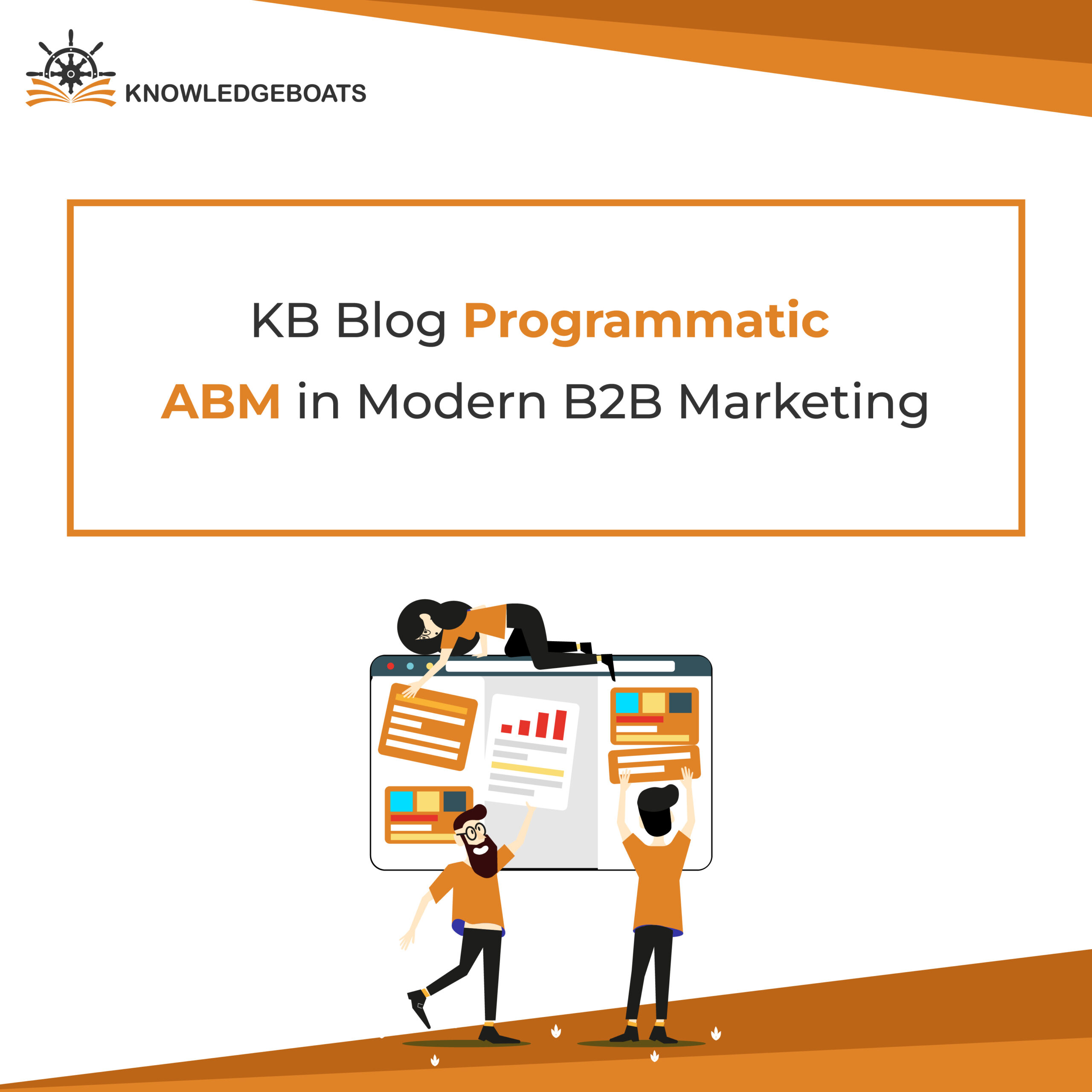
Account-based marketing develops customized marketing strategies for individual clients. It ensures maximal marketing impact while maintaining relevance and engagement in the campaigns. According to the 2024 ABA survey report, companies that adopted ABM achieved a 60% higher conversion rate than others.
Programmatic advertising is an automated method of buying, placing, and optimizing ads. This approach enables precise targeting and efficient budget use by aligning directly with audience needs.
This blog explores how ABM and programmatic advertising combine strongly and how deploying them together can improve your marketing strategy.
What is Programmatic ABM?
Programmatic ABM combines targeted B2B outreach with the power of automation. It enhances visibility and brand awareness while helping B2B businesses deliver personalized messaging at scale. In the B2B industry, Programmatic Account-based marketing (ABM) has become a vital tool for higher engagement. ABM is a targeted approach emphasizing high-value accounts and has gained popularity owing to steady adoption by marketers.
It uses automation to buy, place, and refine ad campaigns for better targeting. Programmatic ABM streamlines B2B advertising by enabling precise targeting and efficient use of budgets based on audience interests. This data highlights the impact of ABM-driven strategies.
A Winning B2B Combo: ABM and Programmatic Advertising
In B2B targeted advertising, programmatic ABM is essential for businesses to reach a wider audience through digital communication while being cost-effective. Programmatic advertising enables businesses to reach specific audiences based on their needs. ABM enables businesses to develop personalized campaigns for each targeted account. The collaboration between programmatic advertising and ABM offers several advantages, such as:
- Better SEO performance through relevant, consistent messaging
- Increased generation of qualified leads
- Improved account-level engagement
- Higher sales conversion rates
Types of ABM with Programmatic Tiers
Account-based marketing (ABM) focuses marketing efforts on specific high-value segments for greater impact. When used effectively, ABM offers several advantages owing to its value-added content and message emphasizing specific accounts. It helps build long-term client relationships and delivers a stronger return on investment. It is segmented into 3 types based on targeting.
- Strategic ABM:
Strategic ABM is a one-to-one approach, where the strategy focuses on serving highly personalized and targeted communication. The communication is tailored to specific challenges, requirements, and preferences of each account. This approach is used for the company’s high-value and most critical accounts.
- ABM Lite:
This is a one-to-few approach. It targets specific and preferably small groups of similar accounts together. ABM Lite delivers hyper-personalization by grouping accounts with similar characteristics. The marketer creates personalized messages for every segment while enlarging their campaign reach by leveraging automated and programmatic techniques.
- Programmatic ABM:
Programmatic ABM is also known as one-to-many approach. This approach uses automation to target a broader audience of accounts that fit your Ideal Customer Profile (ICP). It is most scalable when compared to other ABM strategies owing to its emphasis on a higher number of accounts. While it offers less personalization, programmatic ABM continues to be a leading strategy in 2025.
Benefits of Programmatic Advertising for Account-Based Marketing
Programmatic ABM helps optimize your campaigns and gain better insights to boost ROI on your data driven B2B marketing efforts. Programmatic ABM offers several benefits to B2B targeted advertising:
- Cost Efficiency
It lowers key costs like CPC, CPL, and CAC by targeting only the most relevant prospects. It helps you avoid wasted spending on irrelevant prospects.
- Improved Metrics and ROI
It offers clear insights into KPIs, helping marketers measure campaign effectiveness. It improves metrics like CPL, CPC, and CAC through highly focused, data-driven targeting. This approach ensures effective allocation of resources that saves cost and improves ROI.
- Scalability and Precision
B2B programmatic advertising relies on broader audience segmentation, enabling marketers to focus and engage specifically with highly targeted accounts. This ensures more relevant messaging and makes it easier to scale campaigns across multiple accounts. It supports both large- and small-scale campaigns with equal efficiency. Most companies choose ABM over demand generation owing to this benefit.
- Tracking Buyer Journey
Understanding the buyer’s journey is a vital part of programmatic ABM success. Leverage intent data and other information to personalize messages and marketing approaches to align with the buyer’s needs and preferences. Aligning buyer needs with personalized messaging boosts conversions and shortens the sales cycle.
- Simplified Customer Acquisition
As per Zipdo, businesses adopting ABM strategies witnessed a 208% hike in revenue for their B2B marketing efforts. Traditional customer acquisition strategies are complex and time-consuming. It streamlines customer acquisition by using data to identify high-value accounts and customize outreach strategies. Identifying target accounts and delivering tailored web content reduces friction and accelerates the purchase journey. This approach results in better market share and faster revenue growth.
Evolution Of Programmatic ABM In Modern B2B Marketing
Programmatic ABM has evolved to better meet the complex needs of today’s B2B customers. Initially, programmatic systems focused on maximizing reach. It has now become a search process to find quality decision-making audiences, even if it costs more per impression. Programmatic systems are now enhanced with ABM capabilities for targeted advertisement to high-value accounts and buying groups.
B2B programmatic utilizes advanced datasets that include firmographics and intent data for more agile targeting. These features support long-term nurturing campaigns by maintaining consistent messaging across all touchpoints. B2B-focused ad exchanges and SSPs now offer access to premium publications and targeted networks. Programmatic ads now reach decision-makers across both work and home environments, expanding their impact. Programmatic technology now offers greater control over ad context and placement. Advanced reporting now focuses on B2B-specific metrics such as account-level engagement.
Conclusion:
Programmatic ABM revolutionizes modern B2B marketing as it offers a blend of scale and precision. By leveraging ABM in programmatic strategy, data-driven insights, and automated technology, businesses can target high-value accounts. You can choose an ABM based on your goal as each ABM type caters to certain groups or individual accounts. This blog delves into the advantages of ABM in programmatic advertising, essential to understand before adopting it in your business. The growing use of programmatic ABM is reshaping B2B marketing and proving essential for higher ROI.
Does ABM programmatic advertising sound technical to you?
Don’t worry! Marketboats is here to help you transform your business with ABM programmatic campaigns. Reach out to us and experience better ROI and cost-effectiveness in your business.
